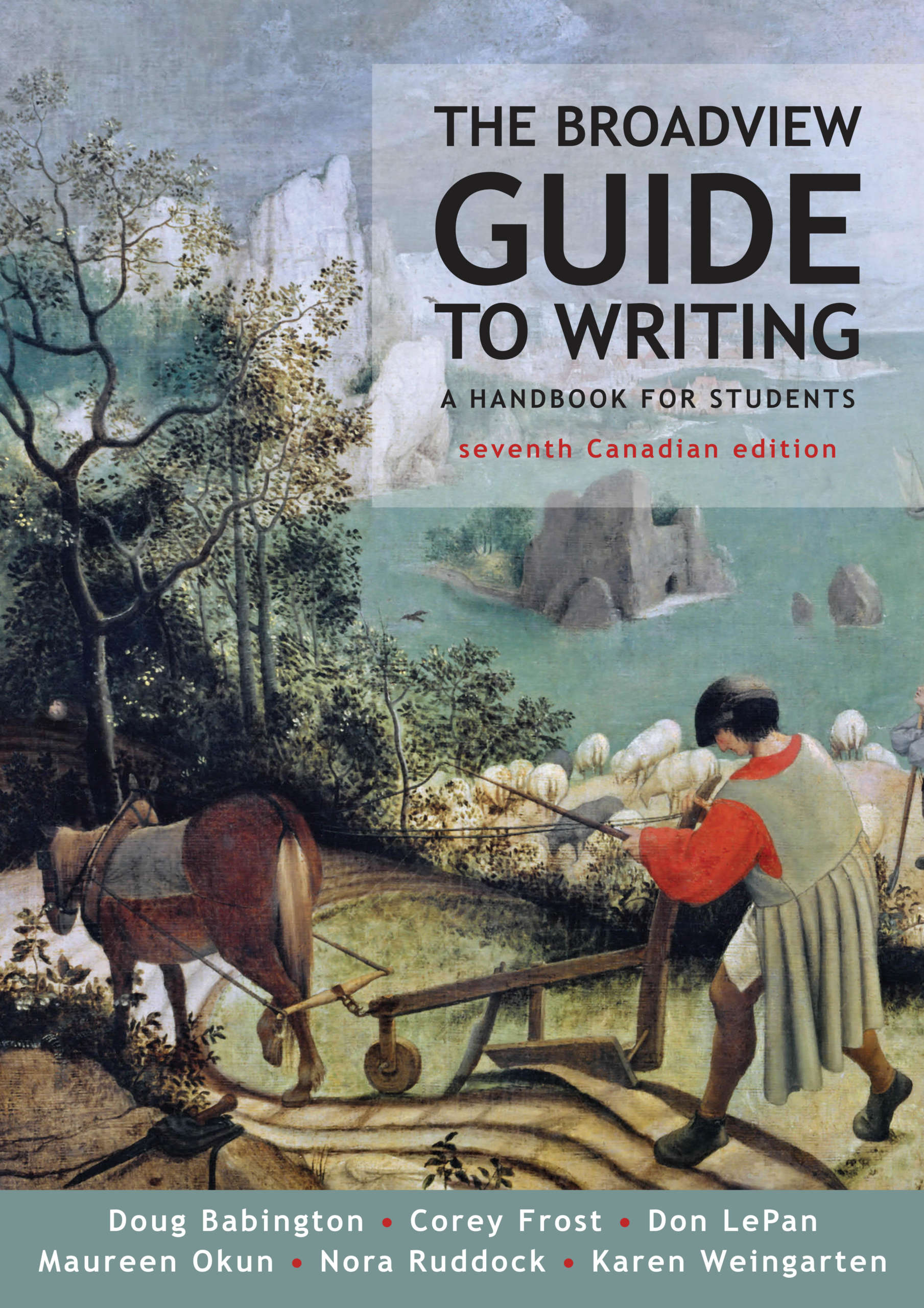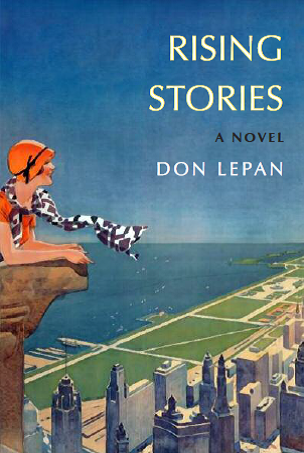The week’s most heartwarming story is surely that of the rescue carried out at an eagles' nest near Sidney, British Columbia. The nest, which since 2007 has been viewable through a webcam set up by David Hancock and the Hancock Wildlife Foundation, is home to two parents and three baby eagles (all born last month). As millions around the world are now aware, one of the eaglets—named “Donald” by Hancock, for his Trump-like bullying of his siblings (and “Flyer” by a group of local schoolchildren, though he is still too young to fly)—became tangled in some fishing line that had been in the material of the nest. Yesterday rescuers on a great crane managed to reach the nest and free Donald’s leg from the line; the 7½ pound bird, who almost certainly would not otherwise have survived, will now be free to lead a normal eagle’s life.
That the story captured the imagination and the sympathy of millions must in large part be attributed to the fact that it was visible. If a distressed bird suffers out of our sight (and our hearing), our sympathies will inevitably be less fully engaged. At the other extreme, of course, is the plight of the billions of birds that humans condemn to entire lives of suffering far worse than that endured for a few weeks by Donald the eaglet. The industry makes sure that those lives and deaths happen out of the sight of humans, confident that out-of-sight (and out-of-hearing) will also be out-of-mind. Our senses are dulled too by numbers: Donald the Eaglet is recognized as an individual, whereas we are conscious of the birds that we allow to be treated with endless cruelty only as part of an endless mass.
That's how our minds are in the habit of working, and how industry wants them to work. Psychologically it's quite understandable—but we can hardly pretend that mental habits of this sort have any ethical justification. For a moment, then, let's try think of the billions and billions as we think of Donald—and think too of what just one individual human is responsible for. Just one person. If you are an average American you consume about 30 birds per year. That means you, personally, bear real responsibility for the cruelty with which those birds (with very few exceptions) are treated throughout their lives, and real responsibility for having them killed. More than two birds every month. Canadians and Europeans eat somewhat fewer birds; if you are an average Canadian or European you’re likely responsible for only about half as much cruelty to birds, only about half as many killings. But responsible you are. And it’s up to you to decide what to do in the future—whether you just don’t care how much cruelty is inflicted on how many birds so long as the result is cheap meat and eggs for you; whether you’d like to try to reduce the cruelty a bit by paying a little more and buying free-range chicken and eggs; or whether you’ll just say no to cruelty by eating other things instead. Donald the eaglet was saved through a lot of effort (and many thousands of dollars) from a life of suffering and an early death. With almost no effort (and certainly through no additional expenditure) the average North American or European could save one bird from the same fate every month, even every two weeks. Starting now.
Friday, May 20, 2011
Subscribe to:
Posts (Atom)




